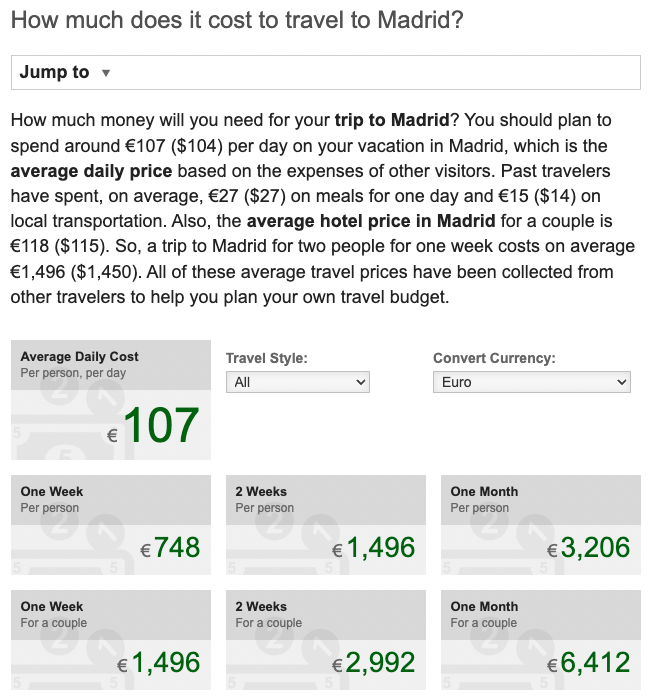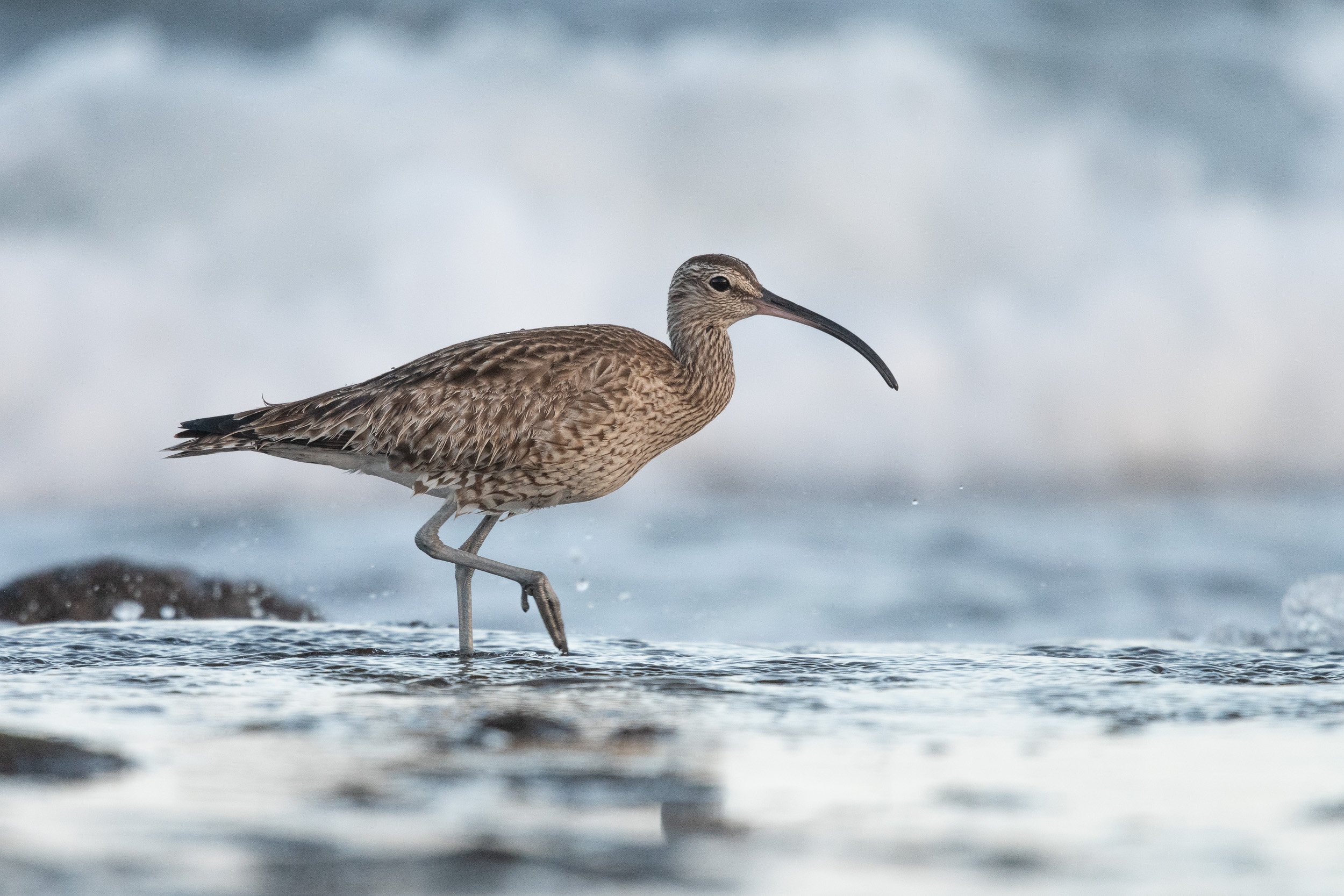5 Tips to Save Money on Travel for Wildlife Photography
If you’ve read any of my previous articles, you’ve heard me say wildlife photography is expensive.
Traveling for wildlife photography? Well, that will bump your budget quite a bit and more than you’ve bargained for if you’re not careful.
Although hitting the road or catching a flight to photograph exotic species will cost you more than hanging out with your local mallards and deer, some secrets can help you travel on a budget.
In this blog post, you’ll learn five great tips to save money on travel for wildlife photography. So, if you’re someone who loves to travel and do wildlife photography on a budget, keep reading!
Avoid spending money on gear unnecessarily
Greylag goose in Oxford, UK | Nikon D700 + Nikon AF-S 70-300mm f/4.5-5.6 VR | ISO 200, 1/1000, f/4.5 @ 70mm
Much of the advice I would give other shooters to save money for travel applies even before embarking on your next trip! It starts with everyone’s favourite topic (and addiction): gear.
Instead of fawning over Nikon’s latest gear, like the Nikon Z9 or Nikon Z 100-400mm f/4.5-5.6 VR S, make do with the gear you already have. Or, if you’re new to wildlife photography, pick up a more affordable lens or an older, cheaper, yet still capable camera, like the Nikon D500.
The bottom line is that spending money on wildlife photography gear will eat into your travel budget, especially when it isn’t necessary.
Before making your next big purchase, ask yourself, “Will buying this gear limit my ability to travel?” If the answer is yes, perhaps reconsider buying that new lens or camera. If the answer is no, or if travel for wildlife photography isn’t a priority for you, by all means, add that shiny new camera or lens to your cart.
Personally, a few years ago, I bought and sold several pieces of gear, including a Nikon D500, D4, D850, 200-500mm, and 200-400mm f/4. However, I didn’t track how much I had spent throughout the year until it was too late.
When I had a financial awakening and finally calculated how much I had spent, it turns out that I had racked up nearly $14,000 worth of wildlife photography expenses that I couldn’t justify.
Although using, testing, and understanding all this gear inspired a lot of the content for APC Wildlife Photography, if I went back in time, I would have managed my money much better to have more funds available for travel or other essential expenses.
Cut down other life expenses
Mute swan in Oxford, UK | Nikon D500 + Nikon 300 PF + 1.4x TC | ISO 1250, 1/500, f/5.6 @ 420mm
Photography expenses aside, I know how easy it is not to realize how unnecessary some of your spendings can be. Not tracking your expenses can severely limit how much you can save, invest, and spend money on why you're reading this right now: wildlife photography!
During the pandemic's first year, I took my finances much more seriously. I cut down on restaurants, subscription services, and transportation. I even unsubscribed from Spotify for a couple of years until I started earning more money because I could not justify the expense.
In my case, eating out has always been my greatest weakness, so it was easy to identify the area I could save the most money. Although I love cooking, I realized that sometimes I would take the easy route of going to a restaurant, rather than making a meal myself, which would keep more money in my pocket.
However, it's not uncommon to spend at least $20-30 on a meal for one person at a restaurant, whereas making a simple dish, such as rice, vegetables, and chicken, can be half or even a third of that price and last for several meals.
Transportation can also be a killer for your budget. When I lived in Ottawa, during a regular work week, I would make a conscious effort to shoot wildlife that I could reach on foot in and around my neighbourhood. This way, I could reduce how much money (and time) I would spend on traveling daily (as well as my pollution). Now that I live in Oxford, England, my daily modes of transportation are walking or biking to photograph wildlife, which are great ways to keep expenses low.
To sum up, you must find creative ways to cut back on unnecessary spending in your daily life. Once you do, you will have much more money to spend on travel for wildlife photography.
Read more: 5 Reasons You Don’t Need to Travel to be a Great Wildlife Photographer
Travel to cheaper countries
Sword-billed hummingbird in Bogotá, Colombia | Nikon D500 + Nikon 300 PF + 1.4x TC | ISO 2000, 1/400, f/7.1 @ 420mm
Traveling to countries that are less expensive than yours can be a huge benefit. Because I have visited countries where the cost of living is cheaper than where I currently live, I have been able to travel more and photograph unique encounters with wildlife.
For example, I currently live in the United Kingdom, which is (unfortunately for me) one of the most expensive countries in the world. However, this year I have been able to travel a lot for wildlife photography by visiting countries where the cost of living is cheaper.
In fact, in 2022, I visited Spain, Colombia, and Romania (all cheaper to live in than the UK) to photograph lifer species, such as Eurasian whimbrels, numerous hummingbirds, and white-tailed eagles.
To give a simple comparison, rent and restaurant prices in Bucharest, Romania’s capital, are 72% and 31% lower than in Oxford, where I live, according to Numbeo.
If you want a better understanding of how much you can expect to spend during a trip, the website Budget Your Trip does just that. It even gives you an average daily cost for different cities, depending on whether you want to travel on a cheap, mid-range, or high-end budget. Check out this example for Madrid, Spain.
Don’t fall for wildlife photography money traps
Great white pelican in the Danube Delta, Romania | Nikon D500 + Nikon 300 PF + 1.4x TC | ISO 360, 1/4000, f/7.1 @ 420mm
I know this may be controversial, but in places where people travel too frequently for wildlife photography, they can hike up the prices incredibly high, especially for foreign tourists. Especially if you are a young adult or someone without unlimited funds, rather than looking for wildlife photography tours or experiences that can cost thousands of dollars, sometimes it makes a lot more financial sense to find the best places to photograph wildlife on your own.
For example, when I visited Romania's Danube Delta, I could have booked a dedicated wildlife photography tour with guides and specialized boats for around $1,600 for four days. Although I don't doubt it would have been a great experience, I thought it was too expensive for my budget.
Therefore, I instead decided on two alternative strategies. First, I explored the village we were staying in to photograph the local wildlife. Second, we paid local boatmen to give us tours of the Delta on two separate days to see the region's incredible biodiversity. The boat tours cost $150 all together, and we could tell them where to take us and when to stop, and the walking around the village was free!
As with everything, this approach comes with trade-offs. I did not see all the species the dedicated wildlife photography workshops advertised. However, I had intimate moments with charismatic animals, some of which I had never encountered before, such as white-tailed eagles, Dalmatian and great white pelicans, and even barn swallows.
While I did not have a dedicated wildlife photography guide, I could also explore new places at my own pace, allowing me to spend more or less time with my subjects rather than adhering to a fixed schedule. In addition, this type of wildlife photography also forces you to learn more about the animals’ behaviour to be prepared and know what to expect.
Find cheaper flights or rental cars
Eurasian whimbrel in Tenerife, Canary Islands, Spain | Nikon D500 + Nikon 300 PF + 1.4x TC | ISO 1250, 1/2000, f/5.6 @ 420mm
Flights
Flights are usually a significant cost when traveling, which means they are an excellent opportunity to save money.
Let’s say I’m planning to visit Spain. The obvious entry point is the capital, Madrid. I can perform an initial flight search by checking the major price comparison sites, starting with Google Flights, Skyscanner, Kayak, and Momondo. This approach will surely provide a good comparison of flights on different sites, which should be cheaper than booking directly with the airline.
Following this initial analysis, I will check other major airport cities in the country or near it, like Barcelona, Valencia, Málaga, or even Lisbon and Porto in Portugal (which borders Spain), depending on where I want to go. I will also calculate the transport costs of getting to and from the airport, and examine the departure times.
There’s also another option, which is specialized websites that notify you with cheap flight alerts. Some of my free favourites are Secret Flying and Holiday Pirates.
There is also the relatively new emergence of flight clubs, sites that crawl the web for fantastic flight deals, like Jack’s Flight Club and Scott’s Cheap Flights. By signing up for their newsletters, you receive the latest bargains on offer. These services scan the internet for cheap flights, providing excellent discounts, especially if you are flexible with your travel dates. Free membership gets you a few deals, and paid subscribers get the rest.
Rental cars
Many websites that can score cheap flights also have cars available if you plan on renting a car. I would start by browsing these, looking for the most affordable option that is also fuel efficient. However, as opposed to flying, you also have many new car-sharing apps, like Turo, ZipCar, and many others, that vary depending on the country.
When traveling around the UK, my partner and I have used Turo before, and it was around 50% cheaper than booking through a traditional rental location, like Enterprise or Europcar.
In conclusion
European rabbit in Castilla-La Mancha, Spain | Nikon D500 + 300 mm f/2.8 VR II | ISO 720, 1/1000, f/2.8
While travel for wildlife photography will always be more expensive than staying local, there are many creative ways to get the best bang for your buck while on the road and even before departing.
Having a good handle on your finances is a crucial skill if you want to travel as a wildlife photographer and for life in general. The more money you can save on unnecessary activities, the more capital you will have to save, invest, or even spend on wildlife photography.
Lastly, it’s important to remember that you don’t need to travel to become a great wildlife photographer. There are tons of amazing species at your doorstep.
Want to become a better wildlife photographer?
If you are interested in learning more about the technical and artistic side of photography to take your photos to the next level, check out these awesome tutorials that can help you take amazing wildlife photos!








